By now, you’ve likely heard that there’s an all-new, 2020 Chevrolet Corvette. And, the engine is behind your head.
“Whaaaaaa?”
Yup. This development is in fact notable for a variety of reasons. But it’s also arguably overdue. This latter bit, dear reader, in a minute; but first some ground floor history.
The front-engined generations of the Corvette, the self-proclaimed “America[n] Sports Car,” spanned decades of demographic change. It debuted at a much different time, in a much different America. It was 1953. World War II was won, the post-war economy was booming, and postwar optimism was brimming throughout the land. American cars were much like the country itself: BIG, with lengthy hoodlines, enormous trunks, and just sheer size. It was a time when GM, like America itself, was on top of the world.
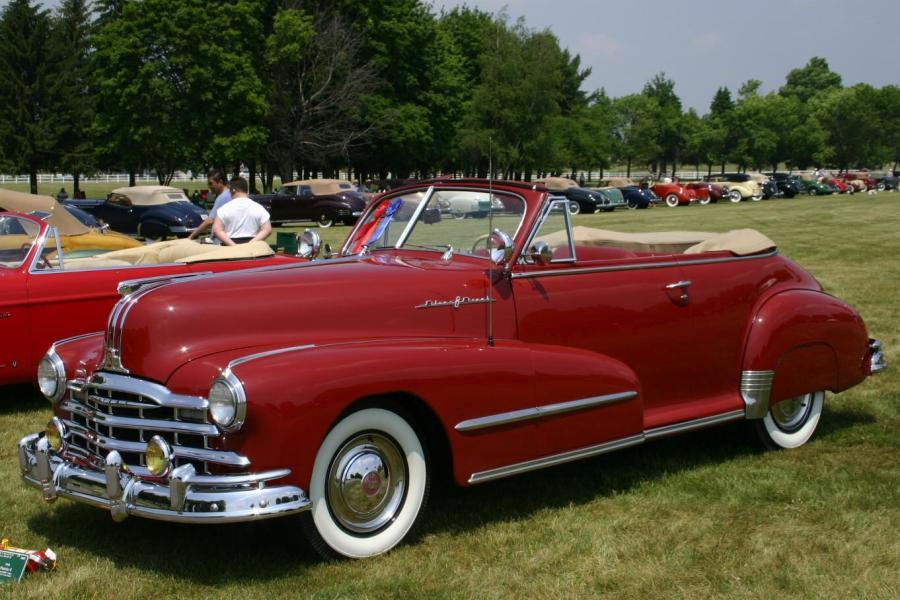
Yet, the Corvette’s genesis was in fact a European inspiration, rather than American one; GIs returning home from European bases started bringing along the Jag, MKs, Alfa Romeos and other spry, small roadsters they were able to acquire on the cheap.
Noticing this new phenomenon, GM’s Harley Earl began to think of a domestic challenger, also a 2-seat roadster – Euro in inspiration, American in execution. The Corvette, named for the smallest class of vessels then- considered to constitute a “proper” warship, was GM’s aptly-named answer thereto. (Don’t you think? I mean, returning warriors, Euro inspiration – warship. It was amazing marketing sleight-of-hand). The Corvette was not like anything else GM was working on, and yet still somehow as American as hot dogs and apple pie on the Fourth.
The first ‘Vette was made possible by sharing a lot of mechanicals with everyday Chevys, Pontiacs and the like to keep costs low. It wasn’t predicted to do big volumes at first. But it was the car’s plastic skin that was revolutionary. And this was no accident.
Initially, the ‘Vette was to be shod in traditional steel skin, but after some internal back-and-forth, and probably some plastic industry lobbying, GM execs decided “what the hell, let’s give it a whirl” (artistic license taken).
Plastics were a fairly new development at the time, at least when it likely came to mass production. But yes – Fiberglass. PLASTICS. It was then a novel idea for a body-shell material.
GM made a gamble, and with a modest run for initial production (the factory wasn’t even ready when the car was) some beautiful new slices of Americana began to roll off the lines in the Motor City. Its 235-cube inline six engine was paired with a 2-speed Powerglide (ed: great name) automatic transmission simply because GM lacked a manual that could handle the 150HP output.
It was a front-engined design, and would remain so for sixty-plus years. But the C1, as we call it now, and beautiful as it still is, wasn’t quite the same as all the Vettes that came after. It was a little…softer. It was a boulevard cruiser. Not a boyracer, not a blacktop brawler. An early GT car, if you will. And that, my friends, started to change right when the car was shown to the public in the Greatest City in the World, New motherfuckin’ York. Motorama. The Big Friggin’ Apple.
In the crowd was a man named Zora Arkus-Duntov, who thought that the C1 was pretty neat, but not quite a sports car. And he would set about changing the nature of every Corvette produced for almost five decades.
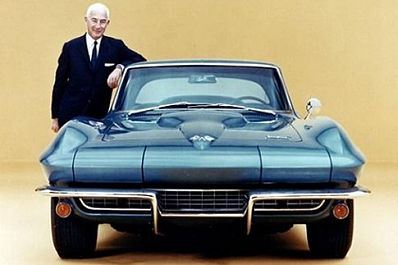
Duntov, an Eastern European Jew who fled the Nazis from France, landed in New York and set up shop with his brother producing military surplus and cylinderheads for Ford V8s. When he saw the ‘Vette on the stand at Motorama, he decided he’d write GM and tell them that it was pretty but only that; it’d never truly contest with the actual more performance-focused machinery European manufacturers, including two outfits named “Porsche” and “Mercedes-Benz,” respectively, were bringing to market, not to mention this newish firm from some guy named “Enzo.” Fast-sounding name.
Duntov wrote Ed Cole, GM’s chief Corvette engineer, saying it’d be a pleasure to work on such a pretty car, and also revealing a claim that he could calculate a car’s top speed without driving it.
Earl was impressed, and a GM engineer named Maurice Olley invited Duntov to Detroit. The rest is history – including the car moving away from a boulevadier to a true barnstormer, with the C2, or Corvette Sting Ray. In between, Duntov helped GM make substantial changes to the C1 generation of the ‘Vette, significantly upping performance as he went, starting with fuel injection, the 1955 offering of an optional V8 for the first time, beefier brakes and suspension, and a four-speed manual tranny.
In 1962, when the Corvette faced its first complete redesign, the first coupe version of the car debuted, and a new moniker/sub-brand was coined: “Sting Ray”. The new coupe’s tapered rear deck design…
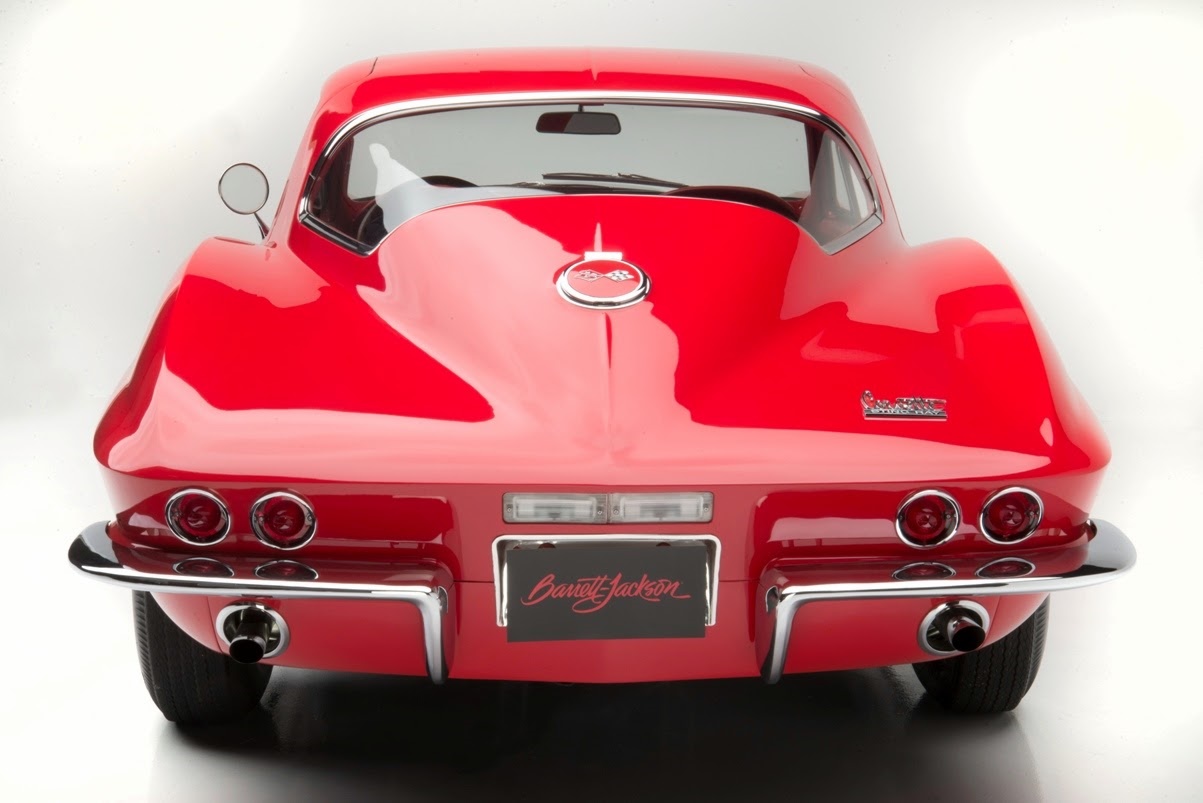
…was to become iconic – later seen on American iron ranging from the Shelby Daytona Coupe to the Dodge Viper GTS. In my opinion, it may be the most beautiful Corvette – perhaps American car – ever made. In the intervening years, the Corvette kept the long-hooded, cab-backward profile the C2 christened.
And the Sting Ray name? It saw on-and-off again usage over the generations, never really signifying one “thing” in particular, but cool nonetheless. And while the C3 ‘Vette was last to carry the moniker until 2014’s introduction of the C7, we know the 2020 C8 Corvette will also carry the Stingray name.
And this brings us to the very car itself: the all-new 2020 Corvette Stingray. Unveiled in July 2019 in Tustin, CA, the 2020 ‘Vette is a veritable sea change to the cab-rearward profile the car has worn for six-plus decades. Considered holistically, it’s nothing if not a good-looking car, with classical mid-engined proportions giving it the look of a proper exotic. And yet, I’d argue it’s a bit short of the spectacular, honed design I was expecting from a modern, “headlining” GM product.
After all, the “new” post-bankruptcy GM has produced some exceptionally handsome products, even if not always class-leading ones from a driver’s perspective. I’d argue the Cadillac ATS, CTS, CT6, short-lived ELR, Chevy Malibu, the Camaro, and the Colorado/Canyon twins are among them. But in my view – inconsequential as it may be – the 2020 Stingray may not be.
Now, before you lose your ish with angry emails, note that I don’t say this lightly. I loved the C7’s meaningful evolution from the C6 generation (which was rather bland in its advancement over the C5). And as with any iconic design, fundamentally changing the layout of the Chevrolet Corvette was always going to engender challenges in critical reception. And I wanted badly to love the new C8, which surely is an engineering tour de force from GM’s engineers.
And yet, immediately upon the reveal of the C8, I thought “there’s something almost bland” about it. Its look almost too universal – like, insert generic mid-engined supercar here. Wose yet, there are surface details that seem over-designed, of which, yes, the C7 was also guilty (overly-detailed black plastic taillight surrounds, chromed-out front airscoop ornamentation on base models) , albeit not with such prominent areas of the bodywork. Let’s focus on some specifics. Notice the way the Vette’s B-pillar meets the gaping, trapezoidal side intake vents?
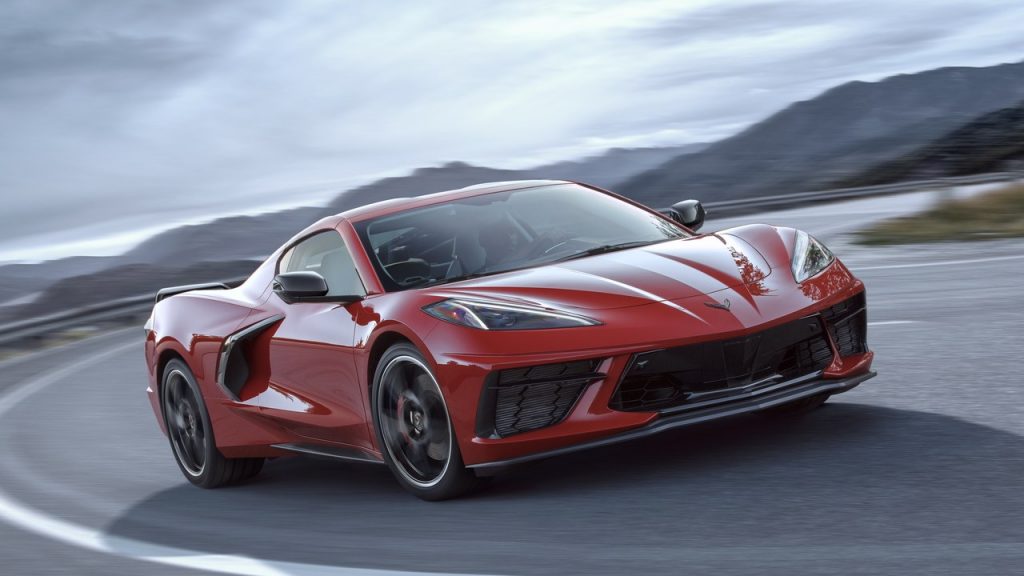
Does this strike you as somewhat familiar? It reminded me of the current Acura NSX…
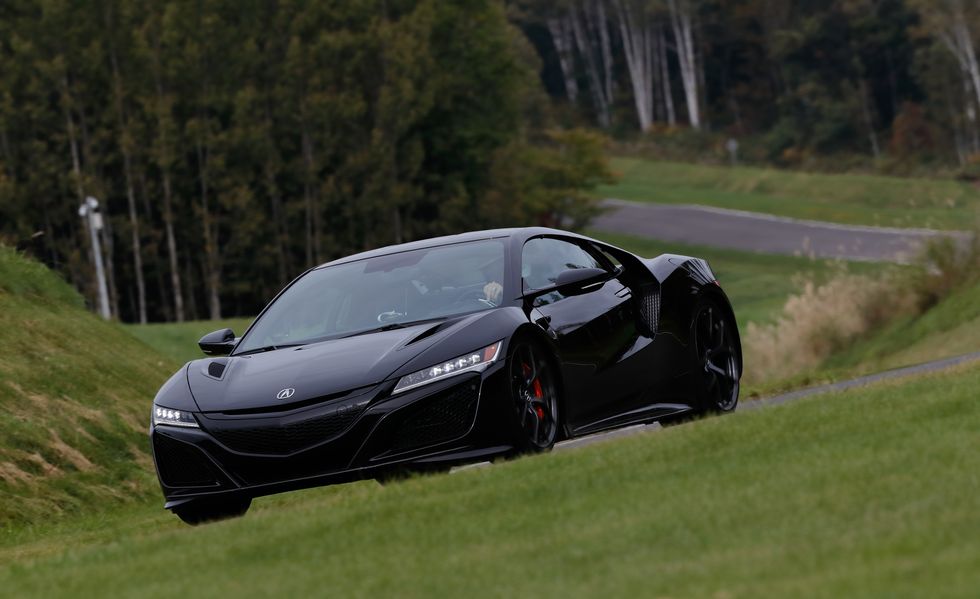
But there is more than this that seems oddly familiar for the Corvette. The front of the car has shades of the old Ferrari F430, whereas the back kind of apes the recent re-freshening of GM’s own Camaro (both, below)…
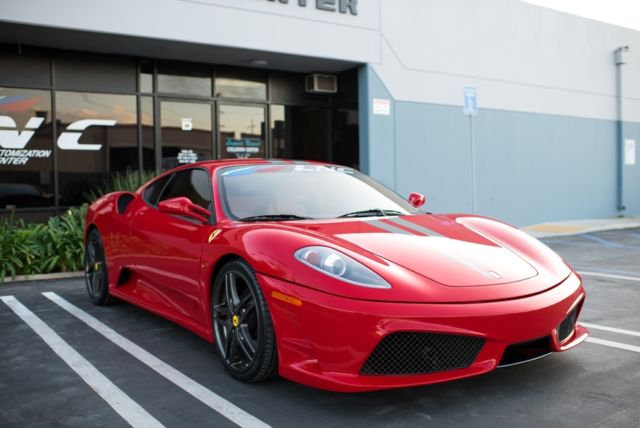

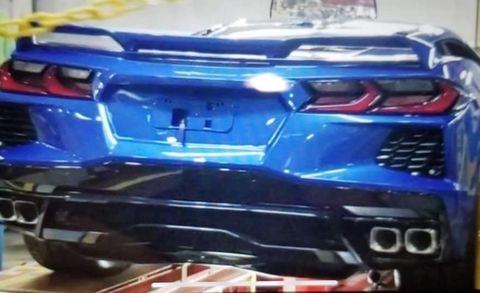
C8 Corvette rear end, courtesy Car & Driver
There are some more. While Corvette hoods of late have contained surface detailing to highlight the power dome, the 2020 C8 has what looks to me to be too many of them, almost distracting one from remembering the engine hangs all the way out back. In any case, it’s just one example of where there’s just a little too much going on, at least to my eyes. And, while I’m articulating my initial impressions of the C8’s look, I was happy to learn that I was not alone – none other than Automobile Magazine‘s Robert Cumberford summed up his impressions in an article titled, “I’m sorry, but I’m Disappointed” https://www.automobilemag.com/news/2020-chevrolet-corvette-c8-mid-engine-design-analysis/
So, if nothing else, at least my initial impressions have me in good company.
Obviously, these observations are but nits, and from an unscientific poll around the time of reveal in July and since, most people think it’s a great-looking car. And I have no doubt it will be, dynamically, the single best Corvette yet. I am excited to get to drive it. I hope soon.
Watch this space.